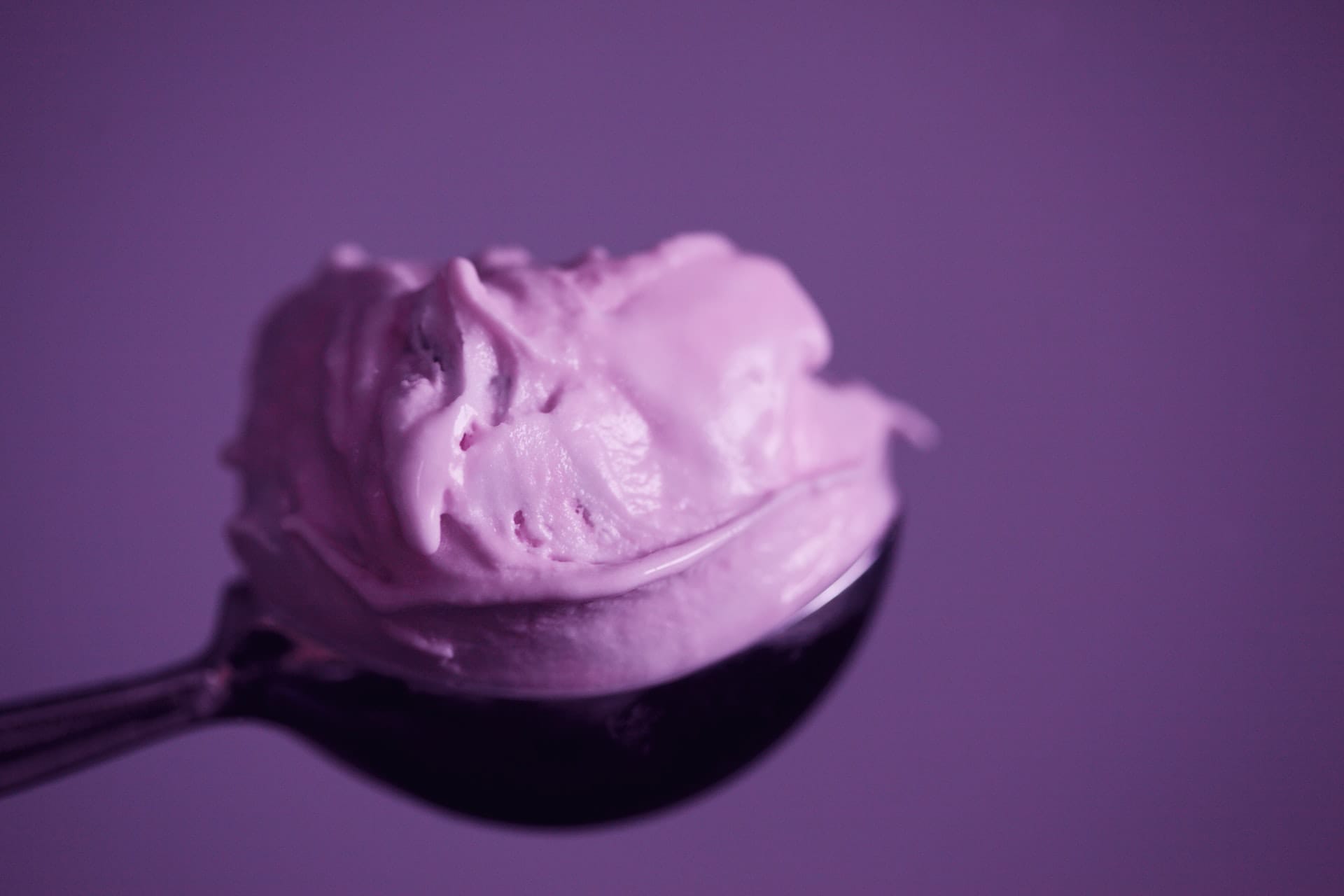No sugar? Yeah right!
Product development • Reducing sugar can be difficult. The result is often disappointing. Is it possible to create, for instance, ice cream without sugar, with the proper taste and mouthfeel? And what ingredients could make that happen?
What happens when you remove sugar from food, say ice cream? Yes, the taste deteriorates, but also the mouthfeel. Sugar provides sweetness, but also several other properties. It creates volume, creaminess and texture. If you want to replace it with something else, it must provide the same taste and mouthfeel as sugar. In this article, we explain how sweetened fibres does exactly that.
The ice cream example
If you eat ice cream that contains sweetened fibres, you will not miss the sugar. The taste is the same. It tastes sweet, just like regular ice cream.
But what exactly are sweetened fibres and what is taste?
Let’s return to sweetened fibres. We start by exploring taste. It is a question that you may think you know the answer to, but which is not so easy to express in words and sentences.
What is taste?
Our experience of food and drink is composed of taste, aroma and mouthfeel. We have five basic tastes that we can feel with the help of receptors on the tongue: sweet, salty, sour, bitter and umami.
Taste is closely linked with our sense of smell. When we eat, fragrances are released that travel up into the nose and reach the odour receptors. Simply put, it can be said that the mouth and nose together create the taste experience.
In ice cream, we want sweetness, of course. But where does it come from if we remove sugar?

Sweetness
The sweetness in ice cream with fibres comes from steviol glycosides, a sweet substance from the stevia plant. Steviol glycosides are several hundred times sweeter than sugar, but they often have a certain bitterness (except for newer varieties such as Reb M). Therefore, we must mask the bitter taste, which we do by combining other substances.
Steviol glycosides can however only provide sweetness. Ice cream with sweetened fibres is not only sweet; it is also creamy, full-bodied and offers the right texture. All those things that make the right mouthfeel. How do we get all those properties without sugar? We will go into that shortly, but let us first look into mouthfeel – what is that?
What is mouthfeel?
In simple terms, it can be said that mouthfeel is the chemical and physical food experience in addition to the taste experience. Receptors in the tongue, teeth and other parts of the mouth make us sense pressure, vibration, friction and temperature differences.
In this way, we feel when a slice of bread feels old and ‘stale’ or that there is something wrong with the ice cream, even though we may not be able to put our finger on exactly what is wrong. We may think the taste is bad, but often it’s the mouthfeel to blame and not the taste.
In the article What is mouthfeel? you can read more in-depth about this exciting topic.
What will provide bulk?
Back to the ice cream. We know that sweetness comes from steviol glycosides. But we also know that we need to add other things to provide the same mouthwatering mouthfeel that sugar gives. The answer to this is is a variety of sugar alcohols and fibres.
These ingredients fill provide bulk and backbone and prevent the ice cream from collapsing.
Sugar alcohols
Sugar alcohols have several functions. First of all, it contributes to bulk; it adds volume. And with the bulk comes the right mouthfeel. It is also sweet – though not as sweet as sugar. In some applications, sugar alcohol can also replace some of the other properties of sugar.
Dietary fibres
Then we have dietary fibres whose main task is to hold on to the other ingredients. It is the retaining function that turns sweetened fibres into sugar-like grains. But fibres also contributes to bulk and mouthfeel.
Sweetened fibres
Fibres and sugar alcohols do not just create the right mouthfeel. Some dietary fibres also offer taste and sweetness. They also help to mask the liquorice-like aftertaste in the steviol glycosides.
In ice cream with sweetened fibres, we find the sugar alcohol maltitol and the fibres dextrin and inulin. Together with the steviol glycosides, a unitary sugar substitute is created that offers sweetness and taste, masks off-flavours and contributes to bulk and mouthfeel.
Let’s return to the ice cream and take a closer look at what each ingredient contributes.
A winning team
Maltitol is a sugar alcohol that has the same freezing point depression as sugar, which means that ice cream made from maltitol offers a similar mouthfeel.
Dextrin is a stable fibre that can withstand temperature differences as well as high and low pH values. Dextrin provides the ice cream with structure and backbone so it doesn’t turn into a smooth sauce.
Finally, we have inulin. A fibre that has similar properties to dextrin and gives the ice cream a predictable melting behaviour. Another important property of inulin is that it improves the taste of the steviol glycosides. The taste becomes sweeter and more pleasant.

Different foods – different solutions
Sweetened fibres for ice cream is called Eureba D-01 and is a 1: 1 solution for ice cream and dairy products.
Eureba can be used in a variety of foods. It can be used in baking, various types of chocolate and confectionery, but also dairy products, soups and sauces.
Does this mean that there is one Eureba solution for all these foods?
No, our Eureba range consists of turnkey solutions that are specially developed for different foods. Fibres and sugar alcohols differ and have different qualities, which is reflected in which products they fit best in.
In the article series Sugar reduction in practice, you can read more in-depth about the fibres and sugar alcohols found in our Eureba solutions.
Get help from experts
Developing such a solution on your own is no easy task. You need to find the right stevia extract, the right fibres and sugar alcohols for your particular product. But just as important is the dosage so you don’t get too big or too small amounts of any ingredient. It is a laborious job that requires both money and the right skills.
Your turn: Try Eureba
Do you want to try Eureba? Fill in the form below and we will send you a product sample. The offer is primarily aimed at those who work professionally with food at a food producer or distributor.
[mautic type=”form” id=”9″]
Please, share this article if you liked it.
[et_social_share]





